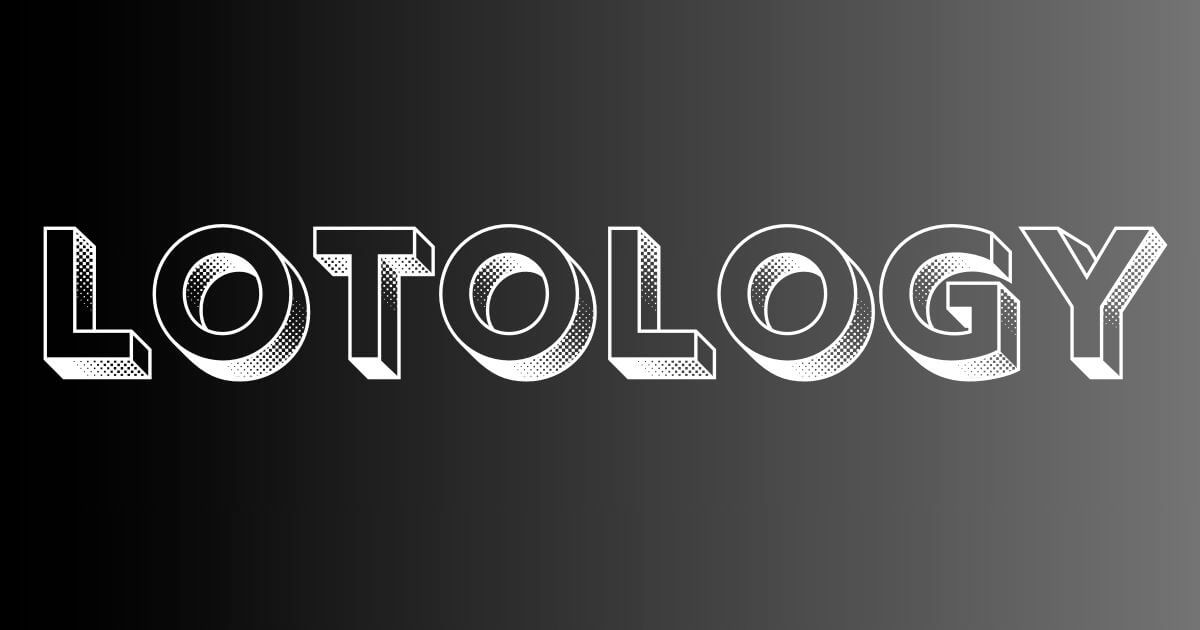Tech Leveraging RAG LLM
RAG LLM for Image ProcessingConclusionReferences RAG LLM For Literature Review and Hypothesis Testing in Scientific Research Leveraging RAG LLM
RobbyNovember 13, 202407 mins Leveraging RAG LLM
As the dynamics of scientific research activity advance, researchers are constantly in search for innovative ways to manage the large-scale data, process it efficiently and derive meaningful results. We can see the potential of RAG LLM in areas such as literature review and hypothesis testing. Let’s get to the nitty-gritty of how RAG LLM can help ease these critical steps so that researchers can polish their discoveries and work towards configuring GenAI.
RAG LLM and Its Works in Research Leveraging RAG LLM
RAG is a retrieval-augmented sequence generation, meaning it consists of two parts that complement each other through jointly training the retrieval and generative model to significantly improve knowledge extraction. RAG differs from standard LLMs, which rely on pre-trained knowledge alone; instead, it adds a retrieval step to obtain new (i.e., current, relevant) information from external databases. With this functionality, they can retrieve the newest studies, summaries or abstracts related to a query. This is why, especially in the context of literature reviews that require current data, information retrieval upon request by RAG-enabled LLMs can be a game-changer.
Streamlining Literature Review
The literature review can be one of the most time-consuming parts of scientific research. In this process, we have to manually go through hundreds of sources spend a lot more time just to get useful and targeted information but even then it may come out less productive, on the other hand RAG LLM can speed up the whole processes by fetching any piece of info we need in an immediate manner. Here is how it optimizes this phase:
Timeliness: Through RAG, it can fetch data from the latest articles ensuring that literature review involves the cutting-edge research trends and findings. Highly beneficial for fast-paced domains like Biotechnology or Artificial Intelligence.
Summarization Abilities: For long papers, RAG is able to summarize them and pull key findings which can present shortened information. Related findings are thus easier for researchers to digest, allowing them to focus on only the most relevant literature regarding scope, methodology, and results.
Topic Mapping: By accessing a large amount of











